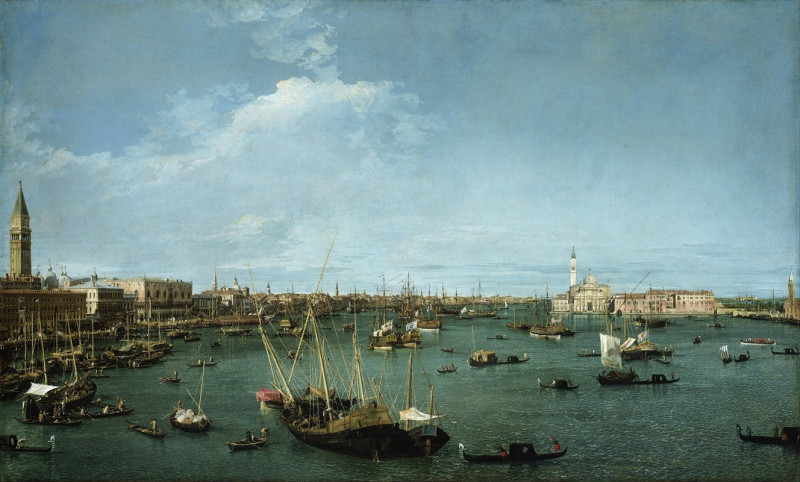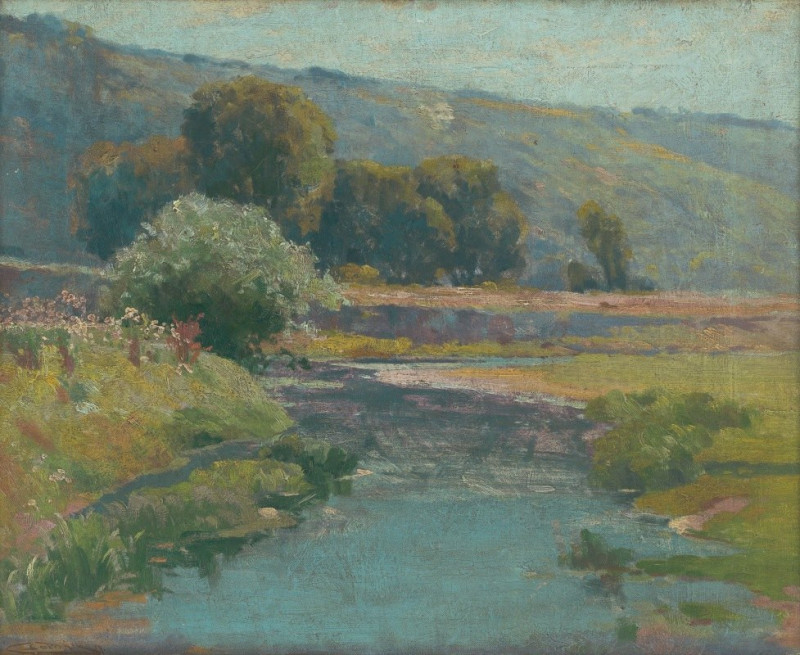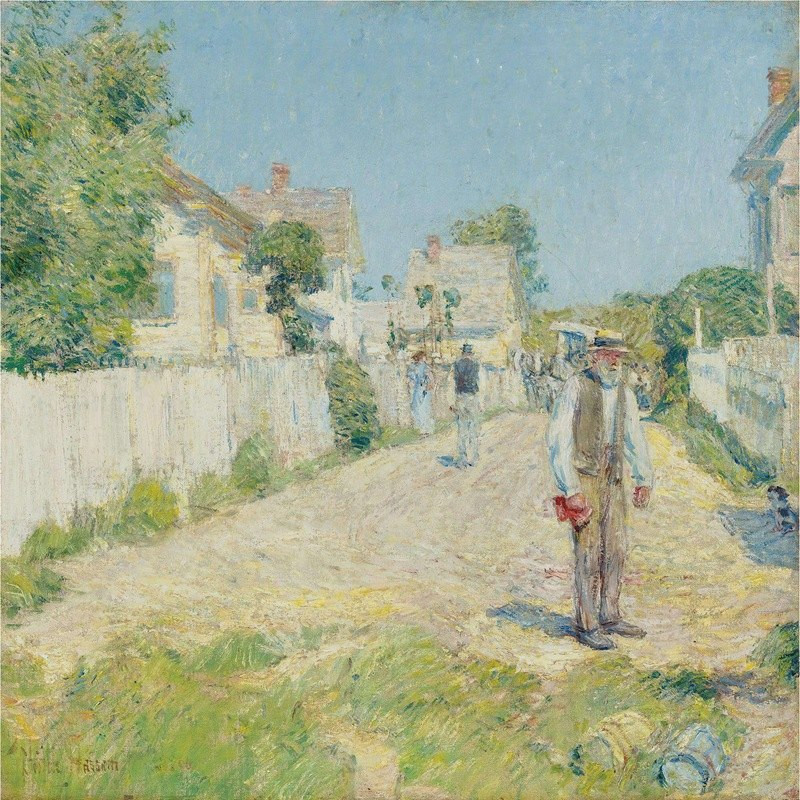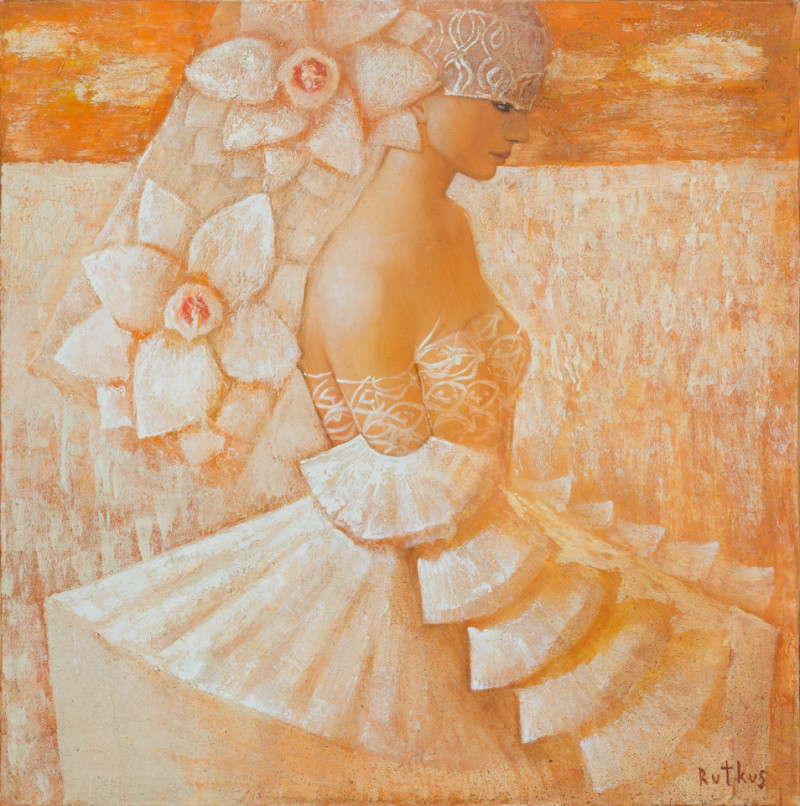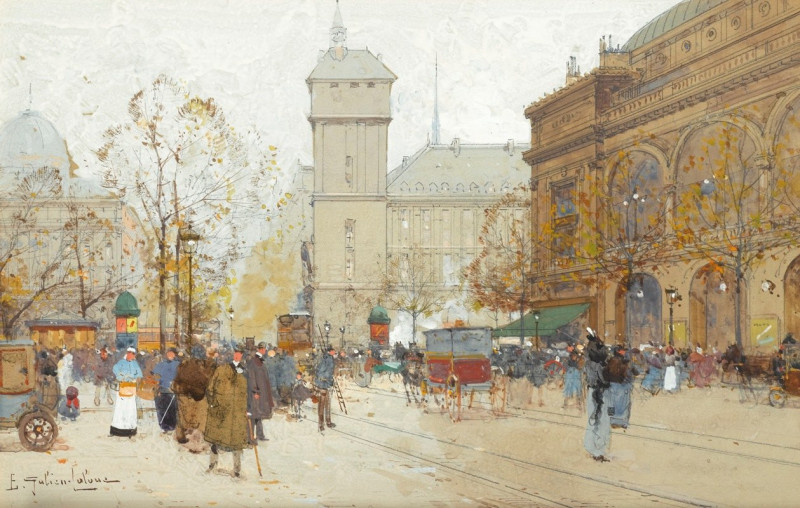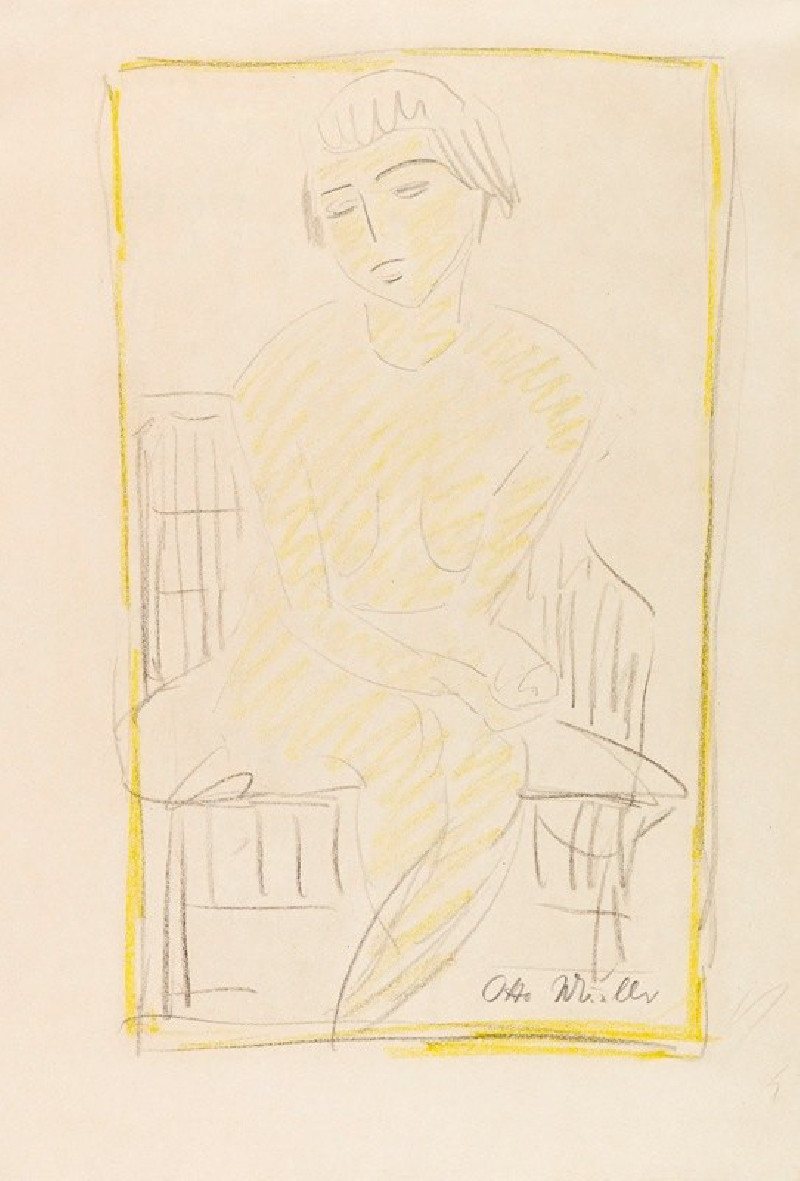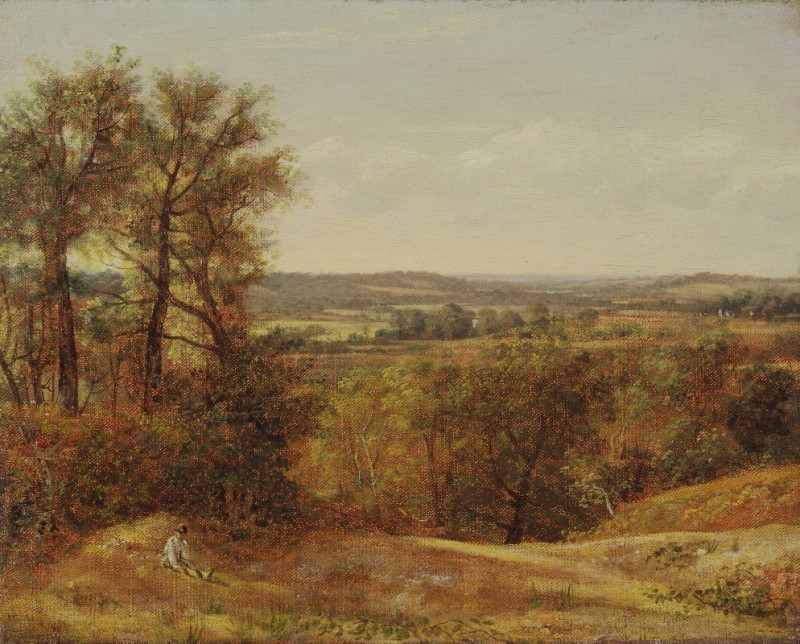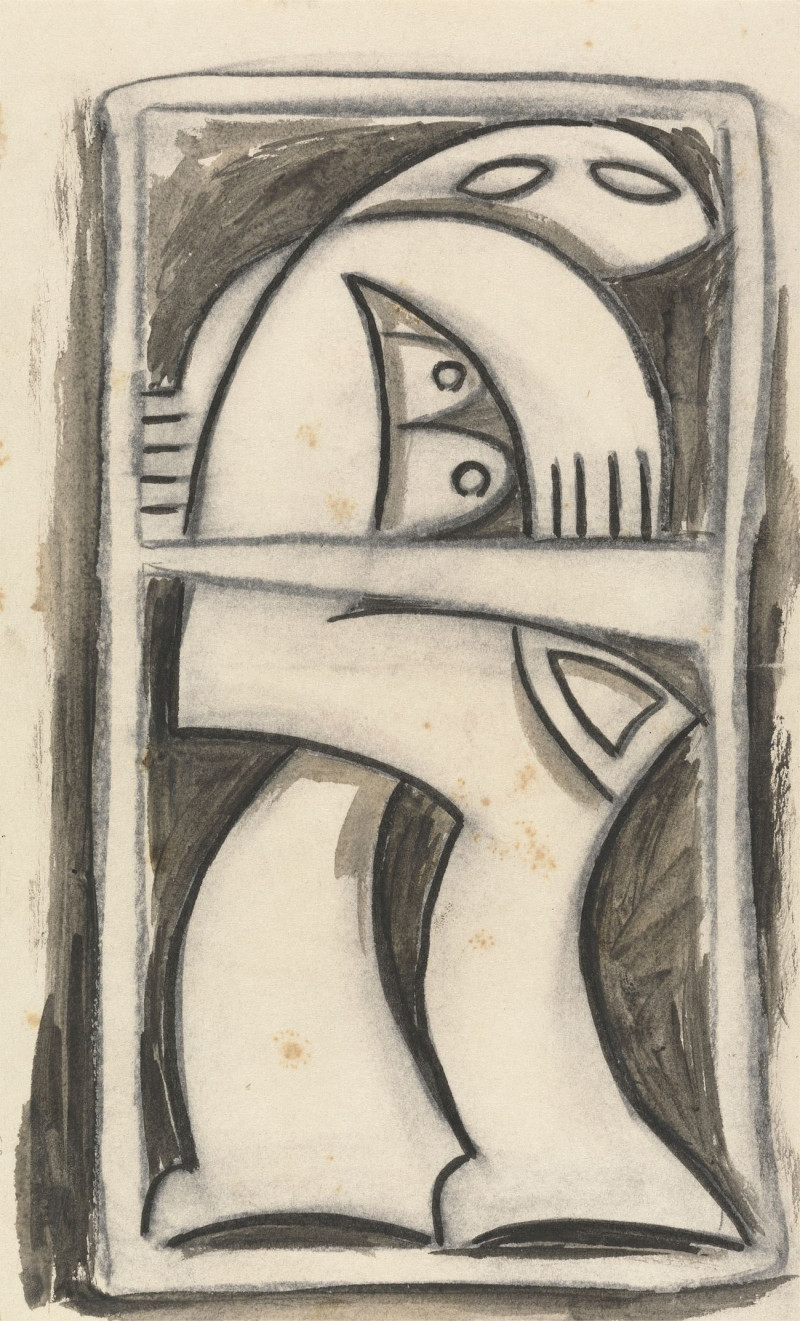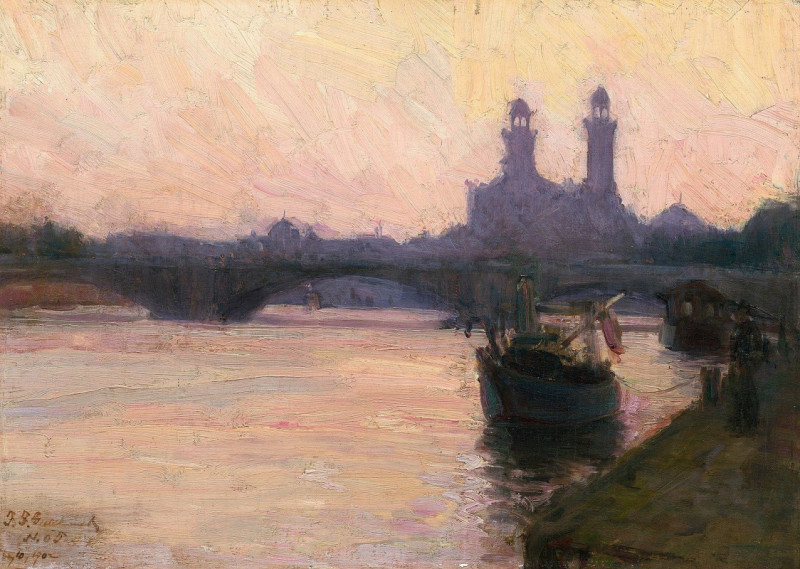Queen Henrietta Maria of England (1614 – 1641)
Technique: Giclée quality print
Recommended by our customers
More about this artwork
This stunning portrait titled "Queen Henrietta Maria of England (1614 – 1641)" is a masterful work by the renowned Flemish artist Anthony van Dyck. Capturing the queen in her youthful elegance, this painting is remarkable for its vivid portrayal of her regal bearing and luxurious attire.Henrietta Maria, dressed in a sumptuous blue silk gown, exudes grace and nobility. The rich fabric of her dress is rendered with exquisite detail, showcasing Van Dyck's skill in depicting the textures and sheen of her attire, a hallmark of his style. The gown is adorned with gold clasps and a delicate lace collar that peek out from the plunging neckline, emphasizing the queen's status and femininity. The artist's use of light not only highlights the queen's delicate features and soft curls but also illuminates the intricate jewelry and the crown positioned subtly in the background, suggesting her royal stature.In her hands, Henrietta Maria holds a pink flower, a representation possibly alluding to her gentleness or perhaps her role in the blooming English court. The inclusion of the dark, draped curtain on the left side adds depth and frames her figure, drawing the viewer's attention to her presence in the center.Van Dyck, renowned for his portraits of the nobility, communicates Henrietta Maria's personality through her serene expression and poised demeanor, giving us a window into the character of a queen who played a significant role in the history of seventeenth-century England.
Delivery
Returns
Sir Anthony van Dyck (1599 – 1641) was a Flemish Baroque artist who became the leading court painter in England after success in the Spanish Netherlands and Italy.
The seventh child of Frans van Dyck, a wealthy Antwerp silk merchant, Anthony painted from an early age. He was successful as an independent painter in his late teens, and became a master in the Antwerp guild in 1618. By this time he was working in the studio of the leading northern painter of the day, Peter Paul Rubens, who became a major influence on his work.
































